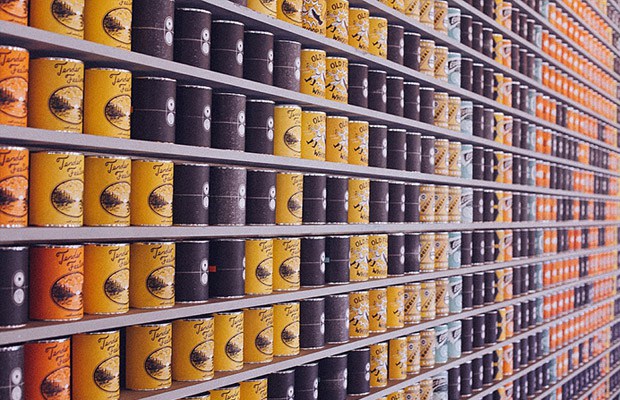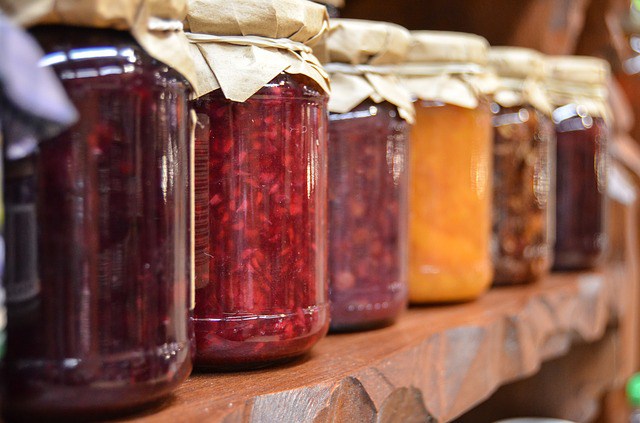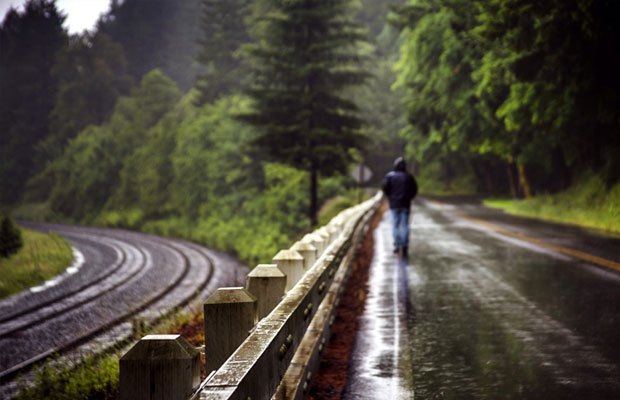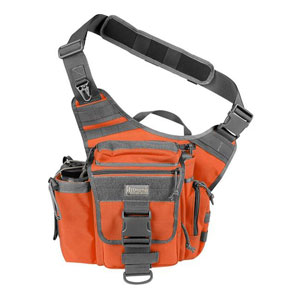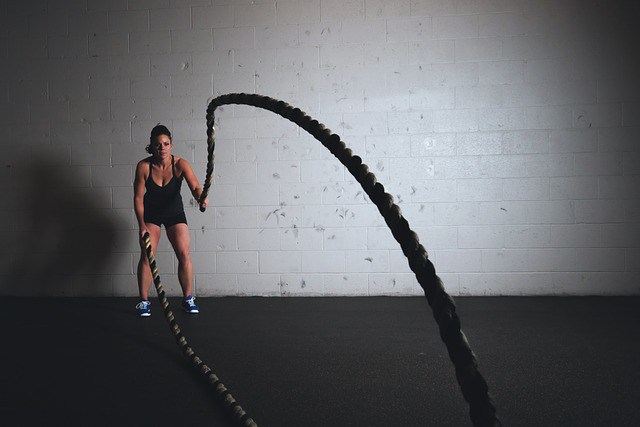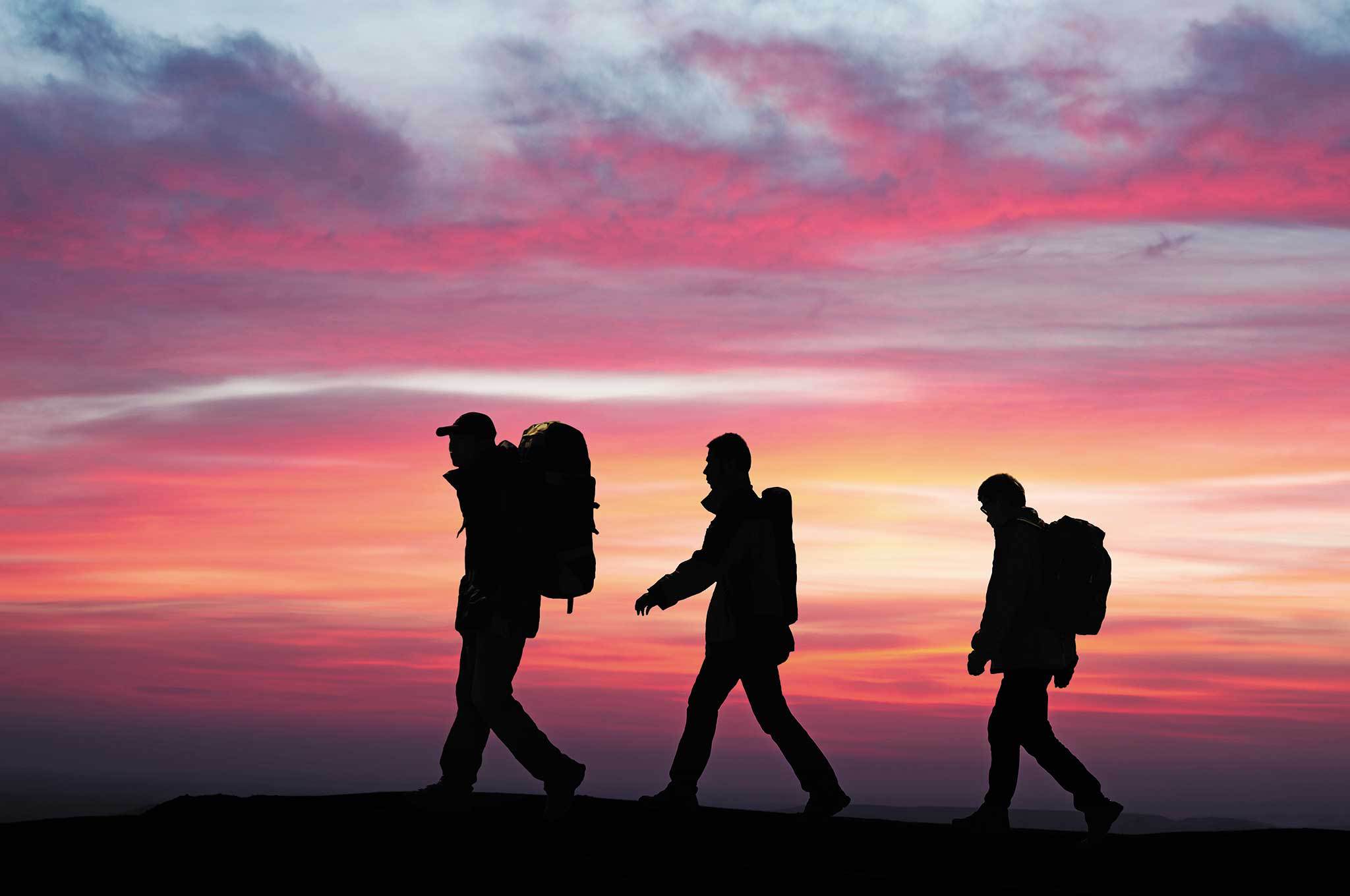Real Food Storage Ideas for Real Preppers
As you consider the following and plan your food storage, bear in mind that your survival in any scenario will have a great deal to do with the decisions you make now about your food. Good food—and a good variety of that food—boosts morale tremendously in difficult situations. Less palatable food causes stress and much worse. Whether you and your family survive and thrive in the coming difficulties will ultimately depend on acknowledging the essential role of a healthy, varied diet and planning for it. This article will give you some real food storage ideas to use for your family.
There is a lot of advice out there to store food for uncertain times, but how much? How much food to store depends on how long the difficult times last, and only you can decide how long you want to prepare for. First off, consider your situation. How many people are you responsible for? What are their ages? When you are calculating how much food to store, everything is calculated based on an adult and teen males consuming 2500 calories per day. Pregnant and nursing women get the same number of calories. Teen girls and other women are allocated ¾ of this amount. Children under 12 years count as ½.
Consider your food storage needs
Decide what event(s) you are prepping for. Is it a civil war, world war, EMP, financial collapse, personal financial misfortune, pandemic, etc., or maybe all of the above? There is no shortage of people telling you what exactly is going to happen when. So far, they haven’t been right, but someday somebody will be. Collapse of some sort is in our future; history says so. If I’m prepping for a pandemic, I’m going to want a fair number of heat and eat or freeze-dried meals for when people are too sick to prepare food. With a financial collapse, I’ll supposedly have the time to prepare normal meals at home. With an EMP, I better be able to make meals without electricity.
Consider what you want to eat. Do you really want to live on MREs, canned soups, freeze-dried meals, and the like, all of which are really high in sodium and artificial preservatives? Is that how you normally eat, or will suddenly changing to such a diet be a shock to your body? Do you want to just buy a package deal—and trust that someone else knows what and how much you want to eat? If so, pay attention to the number of calories per day. Some of those packages contain as little as 1200 calories per day. Who is going to be happy with that? TEOTWAWKI is not the time to lose that extra weight. Mental stress alone will contribute to weight loss. In addition, are you planning on doing much more physical labor when TEOTWAWKI hits? (You should be.) How happy are those doing the heavy labor going to be on 2,000 or even 2,500 calories per day? Hint: They won’t be happy. You need to plan on double the number of calories for those doing heavy physical labor.
Defining your food storage budget
Decide what your budget is. Most people can probably manage to buy a few weeks’ worth of freeze-dried meals or MREs, but if you’re prepping for the long-term and/or for a family, and your funds are limited, you are going to have to be more careful. The biggest bang for your buck is going to come from long-term storage foods such as grains and legumes.
What new skills you are willing to learn? Are you willing to learn to bake? Are you willing to learn to bake bread—without an automatic bread machine? Are you willing to grind your own grains? Are you willing to learn to garden? What about learning to can fruits, vegetables, and/or meats? Raise livestock? It doesn’t have to be cows and pigs—chickens and rabbits are much more manageable for beginners. The answers to all of these questions should govern the decisions about what you store. If you are not willing to learn to bake bread, storing a whole lot of wheat may not make much sense. You can store white flour instead—its shelf life is much shorter and it is far less nutritious, but it will keep you alive. Pick one new skill to learn each month. The most important one is probably learning to make bread, followed by gardening.
The first items to store should be a three-month supply of foods you normally eat. Whatever it is that causes us to eat our stored food is going to be a stressful time. The last thing your digestive system needs when it is already stressed is more stress from eating unfamiliar foods. Children and the elderly are much more vulnerable in this situation and you don’t want to increase their stress (and yours!) by forcing a radical new diet on them.
So come up with your list of foods you already enjoy preparing at home and you are already accustomed to eating, preferably foods that require no refrigeration. You should really have a three-month supply of these foods. Make up a menu for one week, list every item you need for each meal, and buy thirteen of each item to have a three-month supply.
What are some real food storage ideas you can use?
Once you have done this (because how many of us really think the chaos will be over in three months and life will immediately return to normal?), consider adding longer-term storage foods. For each adult male per month, store the following:
- Grains: 33 lbs per month. If you are grinding your own grains for bread, store 20 lbs hard white wheat (white wheat is generally preferred for its lighter, sweeter taste, and is also easier on the digestive system), 5 lbs white flour, 2 lbs rice, 3 lbs pasta, 2 lbs oatmeal, 1 lb popcorn.
- Dry beans: 5 lbs per month. Pinto beans, white beans, black beans, legumes, lentils. Beans are among the most sensitive of long-term storage foods and must be stored in a cool, dry place. Otherwise, they will become tough and require much longer cooking times to soften.
- Sugars: 5 lbs per month. This is only for baking and cooking meals, no desserts. It is about 3 tablespoons per day. It does not include amounts needed for canning, making jam or syrup. White sugar and honey store indefinitely. They don’t even need to be kept particularly cool, though they should be kept in a dark place if possible. You can also store brown sugar, molasses, corn syrup, pancake syrups, jams, and jellies. Often I hear people say they don’t need that much sugar. And it is true that we should all probably eat less sugar. However, bear in mind that sugar has become an important ingredient in many of our comfort foods. In addition, if you choose to store less sugar, you need to increase the amounts of other items you store to compensate for the calories.
- Salt: ¾ lb per month. You need both plain and iodized. Most people in my food storage classes thought far less salt would be enough because they would never go through that much salt in one month. And that is true for most of us who still buy most of our food at the store. But when you are making everything from scratch, especially bread and beans, you use a lot more salt. Children need iodine for proper brain development. The rest of us need iodine for continued brain function. We generally get adequate iodine in our diets. However, when many of the commercially prepared and vitamin and mineral-fortified foods that we depend upon are no longer available, we will need to ensure we have sufficient iodine in our diets. For those who are planning to make their own bread (and we should all be planning to do that—bread is the staff of life), it bears mentioning that iodine actually retards the fermentation of yeast and thus hinders the rising of bread dough. So you really want about half of your salt to be plain and half of it to be iodized.
- Oils: 28 oz of oil per month really is the minimum. Not only is oil an essential ingredient in many recipes, but it can also render normally unpalatable foods rather tasty. Store a variety of oils—olive oil and peanut oil for frying and baking, coconut oil for some frying but more for a long-term storage butter substitute. Avoid vegetable oil (it’s all soy, and almost all soy is GMO). Some food storage experts place peanut butter in the oil category due to its calorie content, but really, do you want to use peanut butter in your baking and frying recipes? Not generally. Peanut butter is indeed high in calories and high in protein and as such makes an excellent addition to the pantry. It just shouldn’t be classed with the other oils. Call it comfort food and store a goodly amount of it, at least 1 lb per person per month. Store all oils in a cool, dry place. And for longest-term storage, store all oils in glass—they will last much longer than in plastic.
- Dry milk: Store 1.75 lbs of dry milk per month. This amount includes not one drop for drinking—this is only for baking and cooking. If you want to be able to drink some milk, you will need to store more. If you want to improve the flavor of your powdered milk, stir in 1 teaspoon of sugar and ½ teaspoon of vanilla extract per quart of milk. And of course, make sure your milk is well-chilled. Dry milk is the most sensitive of all long-term storage foods. It must be kept dark—light will degrade the vitamins and cause deterioration in flavor. It must be kept cool, and of course, it must be dry.
Once you have stored the basics, start adding in other items.
- Baking essentials–baking soda, baking powder, yeast, powdered eggs, cocoa.
- Canned items—fruits, vegetables, and meats.
- Spices—pepper, cinnamon, chili powder, cumin, mustard, ginger, herbs (oregano, basil, thyme, sage).
- Condiments—Ketchup, mustard, relish, soy sauce, salsa.
- Comfort foods—chocolate chips, candy, gum, Jell-O gelatin, and pudding mixes.
As you build your food storage, you also need to be learning to use it so that you will be accustomed to eating these foods—and enjoying them. It takes practice to learn how to make good bread. And your body needs time to get used to eating whole grains. Make the switch from white flour to 100% wheat in your diet, and you might find yourself with a serious case of the trots.
While doing all of the above, consider your garden. Spring is just around the corner and the time has never been better for learning how to grown your own. Fresh salad greens, home-grown tomatoes, carrots, potatoes, and who can’t grow zucchini and green beans? Eating from your garden will add variety to your diet while making your long-term storage go a whole lot further.
Storing food for future uncertainties isn’t exciting. Nobody gets worked up over a bucket of beans or a bag of wheat. And that is probably because the vast majority of preppers and those reading this site have never been without food and have never seen starvation. I know I haven’t. But I am a student of history. Bad things happen when people don’t have any food, when they don’t have enough food, and when they don’t have nutritious food. Don’t let bad things happen to your family. Be proactive. Store a wide variety of long-term storage foods and learn to use and like them now. Recognize that your future and that of your family depends greatly upon the decisions you make now about your food. Start today.
As you consider the following and plan your food storage, bear in mind that your survival in any scenario will have a great deal to do with the decisions you

